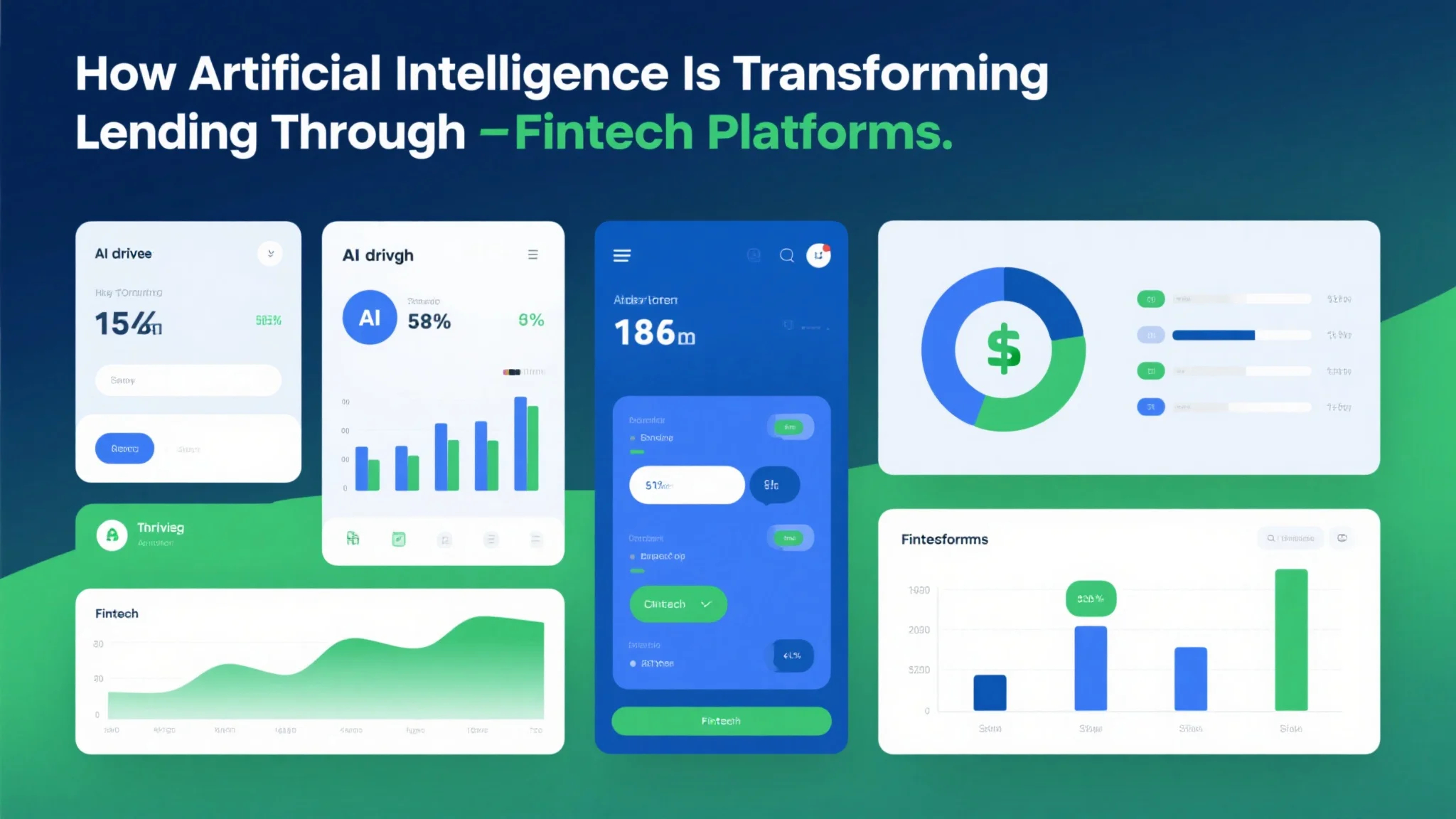In the rapidly evolving world of FinTech, the integration of advanced technologies like blockchain, AI, and machine learning has revolutionized the financial sector. However, with these innovations come significant cybersecurity challenges. This article explores the critical aspects of cybersecurity in Fintech, including encryption, multi-factor authentication, and robust security frameworks. We also delve into emerging trends such as AI-driven threat detection, the role of NLP in financial data analysis, and the growing importance of cloud-based security solutions. By understanding these elements, Fintech organizations can better protect themselves against cyber threats and ensure the integrity of their operations.

Cybersecurity, Fintech, Encryption, AI, Machine Learning, NLP, Multi-Factor Authentication, Data Breach, DDoS Protection, Financial Security
The Essential Building Blocks of Cybersecurity in Fintech
The financial sector, especially the Fintech industry, operates on sensitive data and transactions, making it a prime target for cyber threats. Cyberattacks in Fintech can range from devastating data breaches to devastating financial losses, making it imperative for organizations to implement robust security measures. This section outlines the core components of cybersecurity that are essential for Fint, including encryption, multi-factor authentication (MFA), and access controls.
1.1 Encryption: Protecting Data in transit and at Rest
Encryption is the cornerstone of modern cybersecurity, ensuring that data remains secure during transmission and at rest. In the context of Fintech, encryption is critical for protecting sensitive information such as customer data, payment tokens, and transactional records. There are two primary types of encryption: symmetric and asymmetric.
Symmetric Encryption: This method uses a single key for both encryption and decryption. It is fast and efficient, making it ideal for encrypting large volumes of data. Common algorithms include AES (Advanced Encryption Standard) and DES (Data Encryption Standard). In Fintech, AES is often used to secure payment systems and sensitive customer information.
Asymmetric Encryption: Also known as public-key cryptography, this method uses a pair of keys—one public and one private—to encrypt and decrypt data. RSA (Rivest-Shamir-Adleman) and ECC (Elliptic Curve Cryptography) are examples of asymmetric encryption algorithms. These are particularly useful for securely transmitting encryption keys over the internet, ensuring that the keys themselves remain encrypted during transit.
By combining symmetric and asymmetric encryption, Fintech organizations can ensure the confidentiality of their data, whether it’s being transmitted over the internet or stored on servers.
1.2 Multi-Factor Authentication (MFA): Securing Access to Critical Systems
In addition to encryption, multi-factor authentication (MFA) is a critical component of cybersecurity in Fintech. MFA adds an extra layer of security by requiring users to provide multiple forms of authentication before accessing a system or service. Traditional single-factor authentication (SAF) (e.g., passwords or PINs) is increasingly outdated and susceptible to brute-force attacks. MFA addresses these vulnerabilities by combining multiple authentication methods, such as:
Password-based MFA (PbMFA): Users must provide a password along with a secondary authentication method (e.g., a security token or biometric verification).
Non-password MFA (NPbMFA): This involves the use of biometric authentication, such as fingerprint scanning, facial recognition, or voice recognition, in combination with a password or security token.
Two-Two Authentication (2-2): Users are required to present two different types of authentication methods, such as a password and a security token, to gain access to a system.
MFA is particularly important for high-value assets, such as online banking platforms or trading platforms, where unauthorized access could result in significant financial losses or reputational damage.
1.3 Access Controls: Restricting Privileges to Only What’s Necessary
Access controls are another essential component of cybersecurity in Fintech. These controls ensure that only authorized users, devices, or systems can access sensitive data or resources. There are several types of access controls, including:
Role-Based Access Control (RBAC): Users are granted access based on their role within an organization. For example, a senior manager may have access to high-value customer data, while a junior analyst may only have access to transactional data.
Least privilege principle: This principle ensures that users are only granted access to the minimum level of permissions necessary to perform their job functions. This reduces the risk of unauthorized access and accidental data leaks.
Single Sign-On (SSO): SSO allows users to access multiple systems or applications with a single sign-on credentials. This simplifies the login process and reduces the risk of user error, making it easier for Fintech organizations to manage their IT infrastructure.
Device-based Access Control: This involves restricting access to devices that have not been pre- authenticated by the organization. For example, unauthenticated devices, such as unbranded smartphones, are often denied access to sensitive data.
By implementing robust access controls, Fintech organizations can minimize the risk of unauthorized access to their systems and data, ensuring the integrity of their operations.
1.4 Regular Security Audits and Incident Response
Even the most secure systems can be vulnerable to cyber threats. This is why regular security audits and incident response plans are essential for Fintech organizations. Security audits involve a systematic review of an organization’s security controls to identify and address gaps in its security posture. These audits should be conducted regularly, ideally every quarter or annually, depending on the organization’s risk tolerance.
Incident response plans, on the other hand, provide a structured approach for responding to cyber incidents. These plans should outline the steps to be taken in the event of a breach, including containment, investigation, and recovery. A well-designed incident response plan should also include regular演练 to ensure that all team members are familiar with the process.
In addition to regular audits and incident response, Fintech organizations should also have a zero-tolerance policy for cybersecurity violations. This means that any unauthorized access, breach, or data leak must be reported immediately, and all relevant personnel must be held accountable.
Emerging Trends in Cybersecurity for Fintech
As the Fintech industry continues to evolve, so too are the cyber threats it faces. In response, the industry is increasingly adopting new technologies and strategies to stay ahead of attackers. This section explores some of the most promising emerging trends in cybersecurity for Fintech, including AI-driven threat detection, the use of natural language processing (NLP) for financial data analysis, and the growing importance of cloud-based security solutions.
2.1 AI-Driven Threat Detection and Response
Artificial intelligence (AI) is transforming the way Fintech organizations approach cybersecurity. AI-powered threat detection systems can analyze vast amounts of data in real time, identifying patterns and anomalies that may indicate a potential threat. These systems can also predict potential threats before they materialize, allowing organizations to take proactive measures to mitigate risks.
One of the most common applications of AI in Fintech is the detection of fraudulent transactions. By analyzing transaction patterns and user behavior, AI systems can identify suspicious activity and flag it for review. For example, if a user makes a series of small, unexpected transactions, the AI system may flag it as a potential fraud attempt. This helps Fintech organizations to reduce the risk of fraud and financial loss.
AI is also being used to improve endpoint protection, the defense mechanisms that protect devices from cyber threats. AI-powered endpoint detection and response systems can scan devices for malware, ransomware, and other types of malicious activity. These systems can also provide real-time updates and
